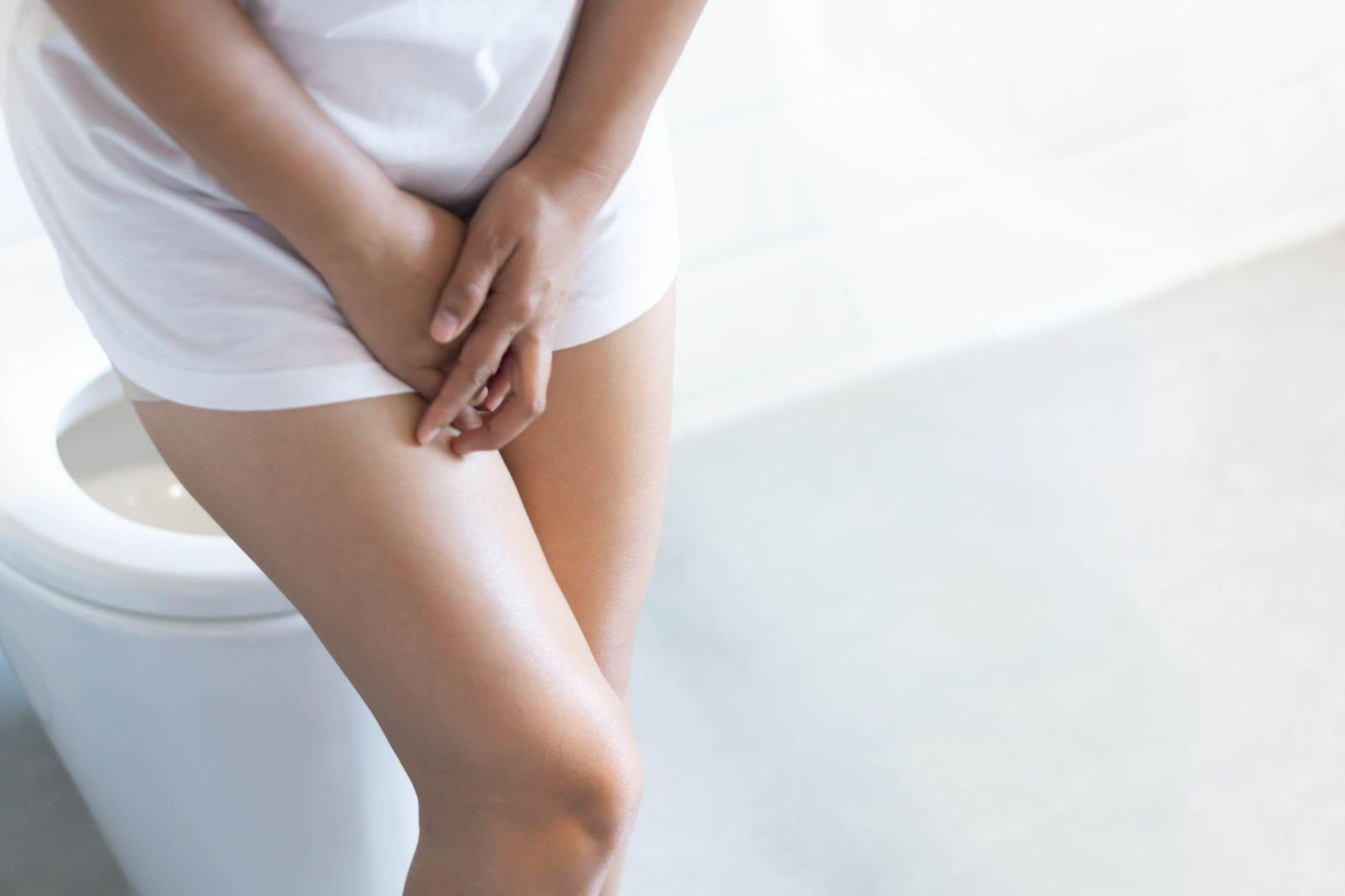
Say Goodbye to Female Urinary Incontinence With Physiotherapy
Involuntary leakage of urine – that is what incontinence boils down to. Urinary incontinence affects millions of women, fueling anxiety in all kinds of day-to-day situations – even a light sneeze, a burst of laughter, or a workout at the gym can prompt unexpected leakage of urine. It can be embarrassing in certain situations but in fact, this is a common condition that many may experience. Research has shown that approximately 10 per cent of all adult women between 20 to 80 years suffer from urinary incontinence. There’s a tendency of increased population with aging – 40 percent of women aged 70 years old and above are more prone to affliction with urinary incontinence.
It’s no doubt that urinary incontinence has a profound influence on our general well being and quality of life. Fortunately, there are viable treatment options to manage this condition.
Urinary Incontinence
Urinary incontinence is a condition defined by unintentional passing of urine. There are different categorizations to this condition. You may suffer from either a specific type of urinary incontinence or a combination of various kinds. Here are the three most common types:
1. Stress Incontinence
Stress urinary incontinence refers to the involuntary voiding during an increased intra-abdominal pressure resulting from activities like laughing, coughing, and exercising. It typically occurs due to urethral hypermobility, a condition of excessive movement of the female urethra due to impaired neuromuscular functioning of the pelvic floor muscles.. Normally, the increased intra-abdominal pressure will be evenly distributed across the bladder body and neck. However, due to poor muscle support, the bladder neck will shift outside the abdominal cavity, leading to a disproportionate rise in bladder pressure over urethral pressure, resulting in voiding. The loss of bladder neck support in female patients is typically caused by muscle, nerve, and tissue injury during vaginal delivery.
2. Urge Incontinence
Urge incontinence is a condition characterised by an involuntary loss of urine preceded by the urge to empty the bladder, whether it is full or partial. The majority of cases of overactive bladder result from abnormal contractions of the bladder muscle. However, it may also be a symptom of something larger – acute or chronic urinary tract infection, bladder stones, and even bladder cancer.
3. Overflow Incontinence
Overflow incontinence is the urine loss associated with an overstretched bladder. This type of urinary incontinence is characterised by frequent or constant dribbling, stress or urge incontinence. It usually happens when there is an underactive bladder muscle and/or outlet obstruction.
The Importance of a Healthy Pelvic Floor
The body has multiple systems that are interconnected and dependent upon one another to function. When it comes to urinary incontinence, the urinary system is not the only thing that should be taken into account– the pelvic floor is just as important.
(should be great to insert a picture of pelvic floor )
The pelvic floor consists of muscles, ligaments, and fascial structures that work together to support the pelvic organs, including the cervix, vagina, uterus, bladder, urethra, and rectum. In addition to providing support, it also establishes compressive forces to the urethra during increased intra-abdominal pressure, which contracts the urethra, anus, and vagina. This manoeuvre prevents the involuntary loss of urine or rectal content. As the pelvic floor muscles weaken due to various factors such as age, this involuntary loss of urine will be more prominent.
As such, women are naturally more susceptible to developing urinary incontinence due to the stress of pregnancy and childbirth. Pregnancy increases pressure on the pelvic floor muscles, resulting in over stretching of the muscles, as the feotus grows larger. This increases the risk of organ prolapse, a condition where the uterus, bladder, or small intestine get pushed down into the vagina. Hence, antenatal and postnatal physio care is imperative to ensure the mother’s optimal health of pelvic floor muscles.
Managing Urinary Incontinence with Physiotherapy
Rehabilitation of the pelvic floor muscles often starts with pelvic floor muscle training (PFMT), otherwise known as kegel muscles. By employing a set of clench-and-release exercises, you can strengthen the pelvic floor muscles progressively. Patient-specific training is necessary to make sure that adequate contraction of the muscles occurs. Your physiotherapist may also employ tools, such as weighted vaginal cones, together with PFMT to improve the rate of rehabilitation.
Behavioural therapy will also be included in the physiotherapy treatment. Employing lifestyle changes, such as diet management, weight control, and bowel regulation will help to ease your symptoms. You can also manage your incontinence by working on bladder training, where you frequent your trips to the bathroom and void your bladder on schedule. Distraction, relaxation techniques and other urge suppression methods will be educated to better control urinary leakage.
Say Goodbye to Urinary Incontinence
Urinary incontinence might be a common condition, but it can impose stress and inconvenience in your daily activities, affecting your quality of life.
At Rapid Physiocare, we hope to embark this journey with you as you strive to achieve optimal health and well-being. Equipped with an extensive selection of holistic approaches with physiotherapy to alleviate and manage urinary incontinence, our highly trained physiotherapists can help restore a normal quality of life and reduce embarrassments. Book an appointment with us today!
References:
Culligan, P. J., & Heit, M. (2000). Urinary incontinence in women: evaluation and management. American Family Physician, 62(11), 2433-2444.
Herbison, G. P., & Dean, N. (2013). Weighted vaginal cones for urinary incontinence. Cochrane Database of Systematic Reviews, (7).



